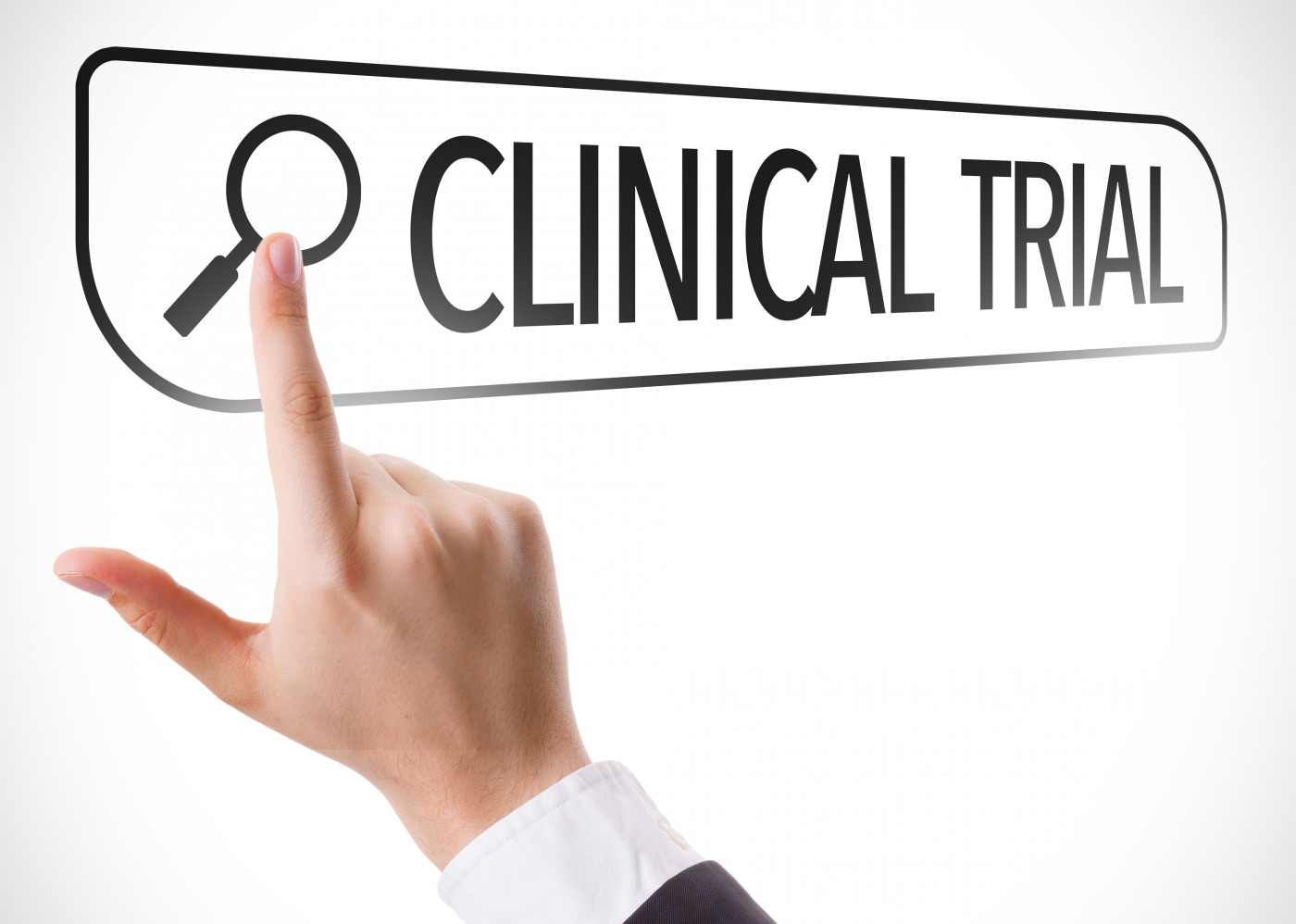Phase 3 Trial of RDEB Therapy EB-101 to Start in 2019, Abeona Therapeutics Says
Written by |

Abeona Therapeutics plans to start a Phase 3 trial in 2019 testing the cell therapy candidate EB-101 as a treatment for recessive dystrophic epidermolysis bullosa (RDEB).
The multi-center, randomized study, named VITAL, will compare treatment with EB-101 to untreated wounds in the same patient. In total, 10-15 patients are expected to enroll.
VITAL’s primary outcome will be the proportion of treated wounds showing more than 50% healing at three months. Secondary goals will include an investigator global assessment of wounds, and changes in pain and itch compared to the treatment’s start (baseline).
Patients with RDEB have mutations in the COL7A1 gene, which causes no functional type VII collagen (C7) in the skin. C7 is a major component of so-called anchoring fibrils, which are large structures that hold the skin together. Abeona’s experimental therapy was designed to deliver the correct form of COL7A1 using the patients’ own skin cells. Such a strategy could lead to the production of functional C7 protein, and help heal damaged skin.
Previously reported results from a Phase 1/2 trial (NCT01263379) in seven patients with RDEB showed that EB-101 led to sustained wound healing, less pain and itch, increased C7 levels, and restored anchoring fibrils.
In January 2018, the U.S. Food and Drug Administration (FDA) granted the EB-101 program the regenerative medicine advanced therapy (RMAT) designation. The treatment candidate had already been designated a rare pediatric disease potential therapy for dystrophic epidermolysis bullosa (DEB), including RDEB, breakthrough therapy designation, and orphan drug designation in the U.S.
EB-101 also received orphan drug designation from the European Medicines Agency in March 2017.
Abeona also reported that it has established GMP (Good Manufacturing Practices) manufacturing capability for EB-101 at its gene therapy facility in Cleveland, Ohio. According to the company, the facility, called the Elisa Linton Center for Rare Disease Therapies, has scalable capacity to support the potential launch of EB-101.
João Siffert, MD, Abeona’s interim CEO, chief medical officer and head of R&D, noted that the work conducted in Cleveland — which included addressing guidance from the FDA — means that the company is “strongly positioned to initiate a pivotal trial evaluating EB-101 by mid-2019,” he said in a press release.
“We believe this work is critical for our path toward BLA [biologics license application] filing,” Siffert said. The BLA is a request for permission to introduce a biologic product into the market.
Besides EB-101, Abeona is also developing EB-201 for patients with EB, and therapies for other disorders, namely ABO-102 for people with Sanfilippo syndrome type A, ABO-401 for the treatment of cystic fibrosis, and ABO-202 for infantile Batten disease.





